June 17, 2025 | 16:54 GMT +7
June 17, 2025 | 16:54 GMT +7
Hotline: 0913.378.918
June 17, 2025 | 16:54 GMT +7
Hotline: 0913.378.918

New book “ Food for all” by Uma Lele, Manmohan Agarwal, Brian C. Baldwin, and Sambuddha Goswami with more than 1000 pages.
Since World War II, global food production and food access have come under pressure. Conflicts, extreme weather events and stagnant economies in recent years have further pushed the goal of zero hunger by 2030 beyond reach of many countries. These were some of the key messages of the last FAO-presided annual State of Food Security and Nutrition in the World. While the impact of COVID-19 has yet to be fully assessed, new virus variants and explosive disease outbreaks are disproportionately affecting poor countries with weak health care systems. Without doubt, the ongoing pandemic is deepening hunger and malnutrition across the globe.
In view of the above, the newly published book “Food for All: International Organizations and the Transformation of Agriculture” is particularly relevant for Vietnam. The authors outline how five International Organizations contribute to the transformation of the world’s food systems. The book highlights how agriculture -as one of food systems’ pillars- can be the engine of growth; countries that have failed to recognize its fundamental role in development have faced lagging growth and premature de-industrialization. The book celebrates the exceptional progress made by China, Vietnam and Bangladesh in recent years – where agriculture has spurred growth and prosperity combined with a sensible industrialization policy.
During these volatile times, investment in sustainable agri-food production systems - including education, health, infrastructure, and research and development – is more important than ever. In a post-COVID world, agriculture can generate food and raw materials, income or residual labor, but should also retain vital ecosystem services and preserve human and planetary health. Some of the book’s key messages can be taken to heart when charting the future for Vietnam’s agriculture.
In the years of reconstruction and during the US embargo, Vietnam owes a lot to the UN. The country emerged from a long war with a vision for development, political will and outside support from, among others, IRRI (rice in the Red River - and Mekong Delta’s) and FAO, e.g., coffee (on the high plateau) and other high-value crops. The book highlights how, once the IMF, WB and other development banks became operational, Vietnam consistently performed best for WB projects - followed by China.
During the 1990s, Vietnam fast became a champion in an Asia-wide programme on Integrated Pest Management (IPM); one of FAO’s most successful field programs worldwide. With support from Australia, the Netherlands and other countries, ambitious input reduction programs educated farmers on agroecological principles and cut agrochemical use on millions of farms, while preserving yields and lifting farmer incomes. IPM programs lowered pesticide inputs by up to 82% in rice. Across farm contexts, these initiatives boosted farmer revenues by a staggering 20%. An effective FAO x CGIAR tandem and a close engagement with Vietnam’s farmers (through participatory programs) were key ingredients for success. If the IPM training had been linked with policy change, the program’s beneficial impacts would have been felt until the present day. However, new life can be blown into these programs, by pairing farm-level applied research with digital tools and mass-communication media.
During COP 26 in November 2021, Vietnam’s decision-makers accentuated how agriculture is the backbone of the economy and that the country can capitalize on its advantage in renewable energy. Its agri-food sector can also be decarbonized, by curbing methane emissions of paddy rice, bolstering carbon sequestration in farmland soils and cutting petroleum-derived inputs. Extractive farming practices need to be abandoned while closing nutrient loops and restoring ecosystem functionalities; farming systems redesign can thus ensure that Vietnam’s agriculture becomes a net carbon sink. Yet, as with the IPM programs, resolute measures need to be taken. To achieve net zero emissions by 2050, Vietnam can draw upon its own resources, but international support is essential.
During the so-called Decade of Action, Vietnam needs to embrace a multi-sectoral strategy - strengthening scientific, technical and institutional capacities. As highlighted in the book “Food for All”, international capital has to be mobilized to counter-act urban migration, retain a skilled workforce in the countryside and drive integrated rural development. Vietnam’s ambition could be further strengthened by closely involving its scientists with international organizations and by assuming leadership beyond technical assistance and loans of the development banks. In-country operations of the CGIAR also need to be streamlined and the impact of international research institutions has to be forcefully scrutinized. As such, in cooperation with FAO/UNDP/WB/CGIAR/IFAD, great strides can be made to ensure that Vietnam’s agri-food sector does not only generate wealth, food or raw materials but also averts biodiversity loss, global warming and zoonotic disease emergence. By thus sustainably growing safe, nutrient-dense “food for all” can Vietnamese farmers contribute to societal wellbeing.
The main author of Food for All, Uma Lele underscored: "Its general purpose is two-fold: to familiarize the general public about international organizations and how they work & to provide a review of 130 countries in how well they have done in structural transformation, i.e., in moving out of agriculture while feeding their own people". Investments are necessary, but knowledge and wisdom are also. Vietnam has shown that with a vision and a political will a country and its people can go far.
![Turning wind and rain into action: [6] ‘Four on-the-spot’ disaster management software](https://t.ex-cdn.com/nongnghiepmoitruong.vn/608w/files/news/2025/06/14/z6705183772518_8e6a71d5e2d464e10197411eb1d14b51-nongnghiep-192556.jpg)
(VAN) By simply activating the scenario on the disaster management software, the relevant authorities immediately know how many households need to be evacuated, where to evacuate them to, and by what means of transportation…
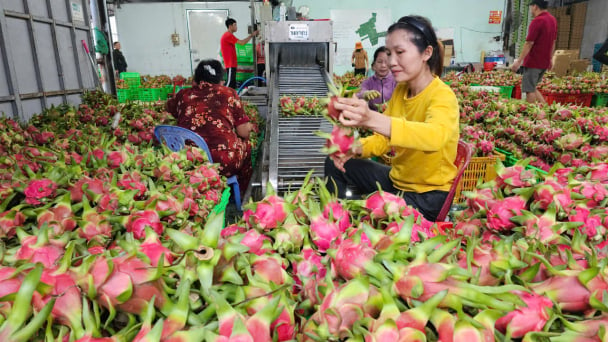
(VAN) According to the Binh Thuan Department of Industry and Trade, in the first five months of 2025, Binh Thuan's dragon fruit export turnover increased by 20.65% compared to the same period last year.
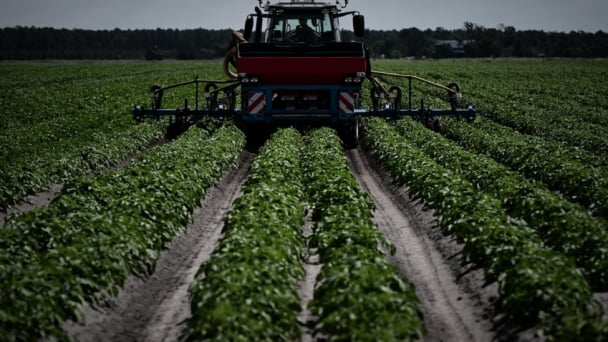
(VAN) EU countries on Thursday gave final approval to new tariffs on fertilizer imports from Russia, a move aimed at cutting off revenue that could support Moscow’s war in Ukraine, despite concerns from European farmers.
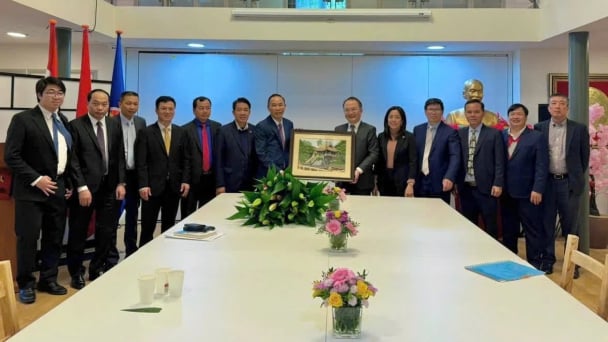
(VAN) The working delegation from the Ministry of Agriculture and Environment conducted an important trip to the Netherlands to strengthen strategic partnerships and sustainable development in the agricultural sector.
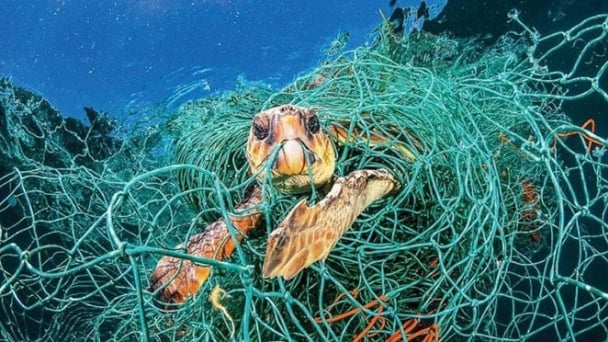
(VAN) The letter ‘A Plea from the Ocean’ not only evokes emotion but also awakens the human conscience to the responsibility of protecting life on Earth.
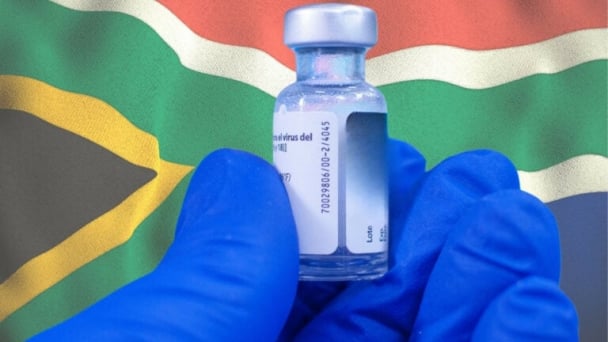
(VAN) The Department of Agriculture in South Africa has announced the country’s first mass vaccination of poultry to prevent local birds from contracting avian influenza.

(VAN) Establishment of the Mekong Delta Regional Agricultural Linkage Center, aiming for a closed value chain, deep processing, trading platforms, and international market connectivity.